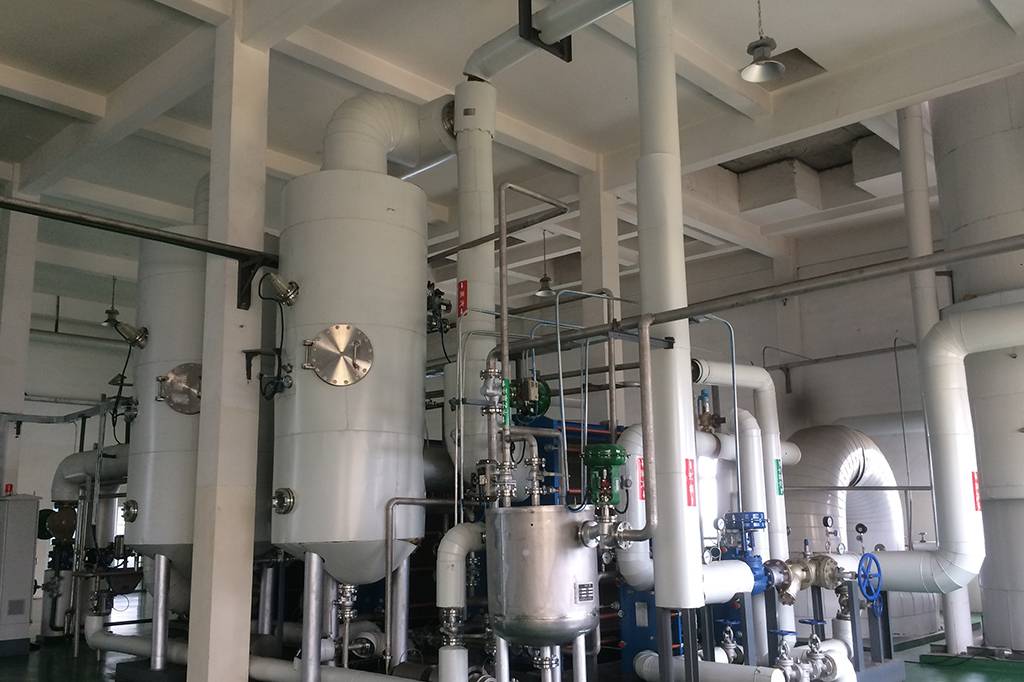How Mvr-Evaporator helps businesses save millions every year? Answer here!
In an era where operational efficiency and sustainability are paramount, businesses across industries are constantly seeking innovative solutions to cut costs and reduce environmental impact. One such groundbreaking technology is the Mechanical Vapor Recompression (MVR) Evaporator. But how exactly does this technology help businesses save millions annually? Let’s break it down. What is an MVR […]







